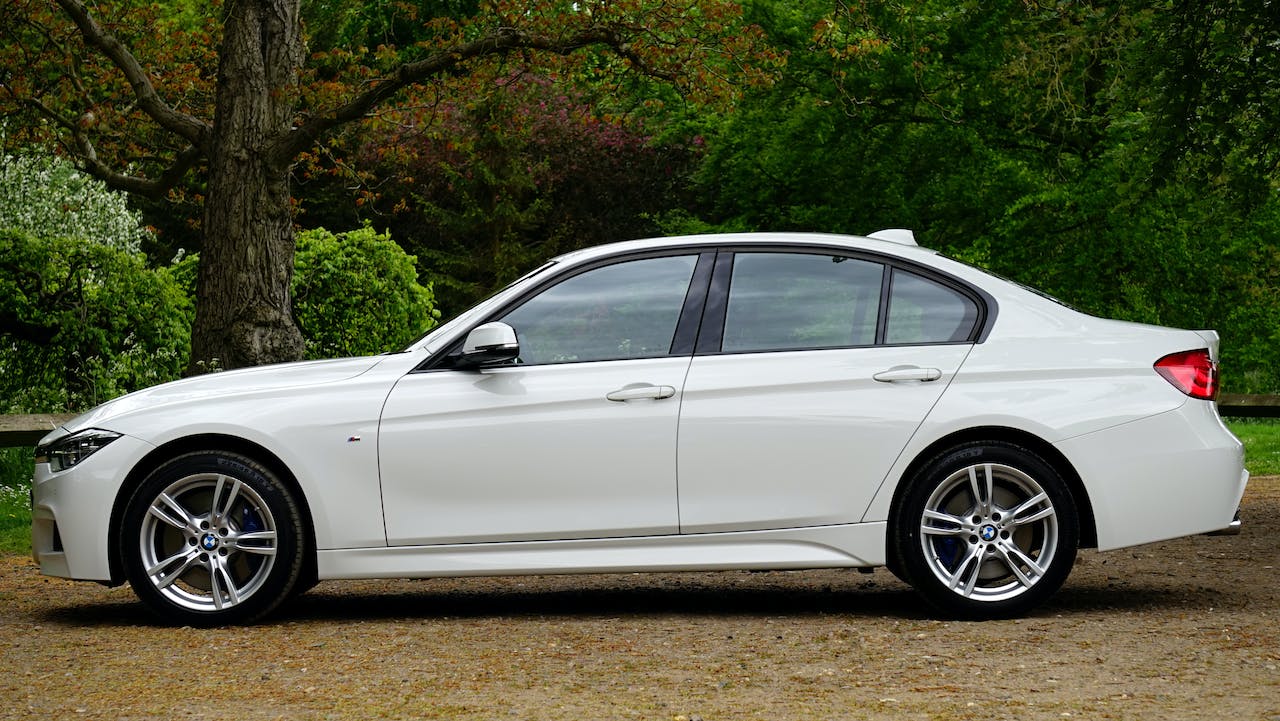Car suspensions are a vital part of any vehicle. They are designed to provide a smooth and comfortable ride for passengers, while also ensuring that the wheels maintain contact with the road at all times. In this article, we will discuss the different types of car suspensions, their components, and how they work. If you need a new suspension system for your car, check out the current Koni’s catalogue.
Types of Car Suspensions
There are four main types of car suspensions: independent, dependent, semi-independent, and air suspensions. Each type has its own unique characteristics and is used in different vehicles for various purposes.
Independent Suspensions
Independent suspensions have a separate suspension system for each wheel, allowing them to move independently from one another. This type of suspension provides better handling, stability, and a smoother ride. Examples of vehicles that use independent suspensions include sports cars, high-end luxury cars, and most modern passenger cars.
Dependent Suspensions
Dependent suspensions have a connected suspension system for both wheels on the same axle. This means that when one wheel moves, the other wheel is affected as well. This type of suspension is typically found in older vehicles and is less common in modern cars. However, dependent suspensions can still be found in some trucks and SUVs.
Semi-Independent Suspensions
Semi-independent suspensions combine elements of both independent and dependent suspensions. They have a separate suspension system for each wheel, but the wheels are connected through a solid axle or torsion beam. Semi-independent suspensions are commonly used in compact cars and small SUVs.
Air Suspensions
Air suspensions use air-filled bags instead of traditional springs to support the weight of the vehicle. This type of suspension is often found in luxury vehicles, as it provides a smoother ride and can be adjusted for different driving conditions. Some high-end sports cars also use air suspensions for improved handling and performance.
Components of Car Suspensions
Regardless of the type, all car suspensions have some common components that work together to support the vehicle and provide a comfortable ride. These include:
- Springs: These are the main components responsible for absorbing shocks and bumps on the road. They come in different types such as coil springs, leaf springs, or air bags. The type of springs used depends on the type of suspension.
- Shock Absorbers: Also known as dampers, shock absorbers work with the springs to absorb and dissipate the energy from bumps and vibrations. They help maintain stability and control of the vehicle.
- Control Arms: These are metal bars that connect the frame or body of the car to the wheels. They help control the motion of the wheels, ensuring they stay in contact with the road.
- Struts: Struts are similar to shock absorbers but also provide structural support for the vehicle. They are commonly used in independent suspensions.
How Car Suspensions Work
Car suspensions work by using a combination of these components to absorb and distribute energy from bumps and vibrations on the road. When a car encounters an obstacle, such as a pothole or speed bump, the springs and shock absorbers compress and expand to absorb the impact. This prevents the energy from being transferred to the frame of the car and its occupants.
The control arms and struts also play a crucial role in maintaining stability and control of the vehicle. They help keep the wheels in contact with the road, even during sharp turns or uneven surfaces.
Conclusion
Car suspensions are an essential part of any vehicle, providing a smooth and comfortable ride while also ensuring safety and control. Understanding the different types and components of car suspensions can help drivers make informed decisions when purchasing a new vehicle or maintaining their current one. So next time you hit a bump on the road, remember to thank your car’s suspension for keeping your ride smooth and comfortable. So keep an eye out for any signs of wear and tear on your car suspensions, as it can greatly affect the performance and safety of your vehicle. Proper maintenance and timely repairs are key to ensuring that your car’s suspension continues to function effectively for a long time. Happy driving! So, always make sure you take care of your car’s suspension and enjoy a smooth ride wherever you go. Now that you know the basics of car suspensions, you can impress your friends with your knowledge next time you go for a drive. Stay safe on the road! Remember to always follow speed limits and road rules, and have regular maintenance checks on your car’s suspension to ensure a safe and comfortable ride. Keep on driving! Enjoy the journey!
